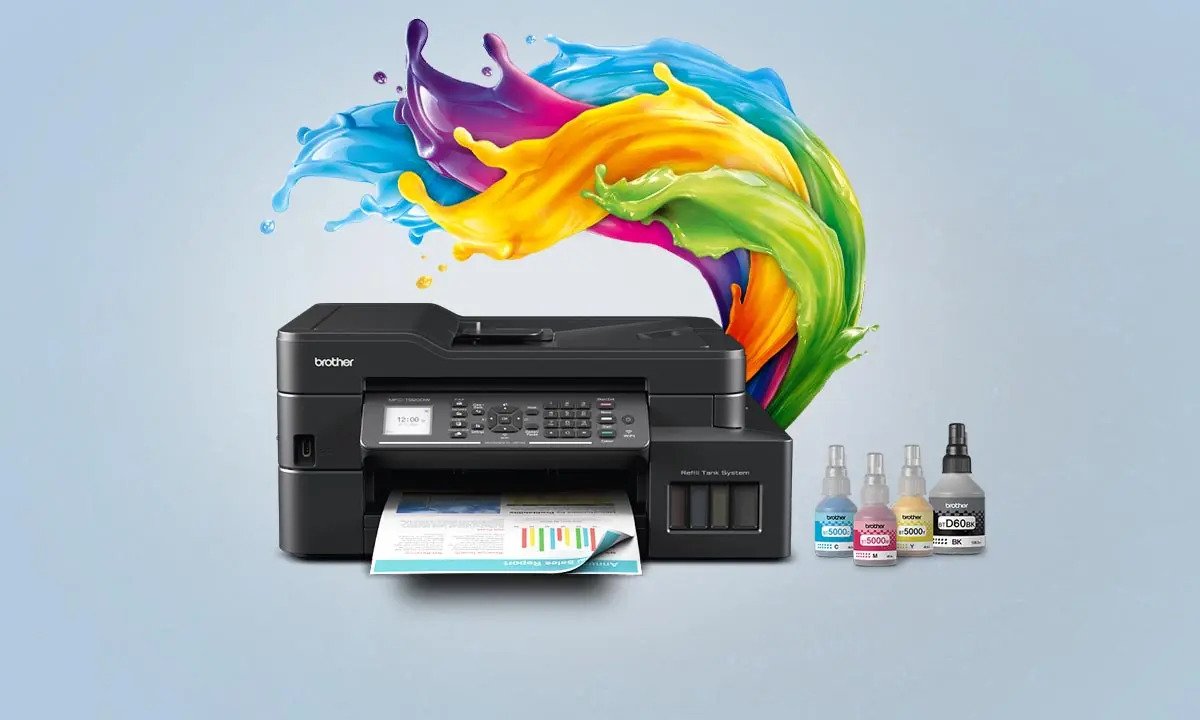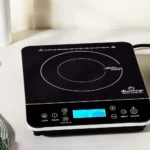
Printers are electronic devices that are used to produce physical copies of digital information, such as text and images. There are many different types of printers available, ranging from simple inkjet printers for home use to high-end commercial printers used in large-scale printing operations. Printers have become an essential part of modern life, allowing us to easily and quickly print out important documents, photos, and other materials. In this article, we will explore some fun trivia and interesting facts about printers.
The first printer was invented in 1938 by Chester Carlson, who had been trying to find a way to make copies of documents without using carbon paper. He eventually discovered a process called “electrophotography,” which used static electricity to transfer images from a plate to paper. This process would later become known as xerography and would revolutionize the printing industry.
The IBM 3800, introduced in 1971, was the first computer printer. It was capable of printing up to 20,000 lines per minute and was designed for high-volume printing applications. The printer used a laser to create images on a rotating drum and then transferred the toner to paper using heat and pressure.
The first inkjet printer was introduced in 1984 by Hewlett-Packard. Unlike laser printers, which use toner to create images, inkjet printers use liquid ink sprayed through tiny nozzles onto paper. This allows for more detailed and colorful images, but also makes the printer more expensive to operate.
The first laser printer was introduced by Xerox in 1971. It used a laser to create images on a rotating drum and then transferred the toner to paper using heat and pressure. Laser printers were faster and more reliable than dot matrix printers, which used tiny pins to create images on paper.
The dot matrix printer was invented in 1970 by Centronics. It used a series of tiny pins to create images on paper and was much slower than laser or inkjet printers. However, it was also much cheaper to operate and could print on a variety of surfaces, including multi-part forms and envelopes.
The first 3D printer was invented in 1984 by Chuck Hull. It used a process called “stereolithography” to create 3D objects from liquid plastic. Today, 3D printers are used in a variety of industries, including aerospace, automotive, and medical.
The world’s largest 3D printer is located in China and can print a house in just three hours. The printer, called the “WinSun,” uses recycled materials to create large-scale structures quickly and cheaply. The technology is being used to address the housing shortage in many parts of the world.
The smallest printer in the world is the PlanOn PrintStik, which is only 2 inches wide and 10.75 inches long. It uses thermal printing technology to create images on paper and can print up to three pages per minute.
The first color printer was introduced in 1987 by Hewlett-Packard. It used a process called “thermal inkjet” to create colorful images on paper. Today, color printers are common in homes and businesses and can produce high-quality images and documents.
In 1969, the Xerox Corporation introduced the first laser printer. The printer, which was called the Xerox 9700, used a laser beam to produce high-quality text and graphics. It was the first printer that could produce letter-quality printouts and paved the way for the modern laser printers that are widely used today. The Xerox 9700 was also the first printer to use a “toner cartridge,” which contained powdered toner that was fused onto paper using heat. Despite its high cost, the Xerox 9700 was a commercial success and helped establish Xerox as a leader in the printing industry.
The first commercially available printer was the IBM Selectric typewriter, which was introduced in 1961. It used a rotating ball with letters on it to create characters on paper. The Selectric was much faster and more reliable than manual typewriters, and it quickly became popular in offices around the world.
The first printer with a built-in scanner was introduced in 1984 by Hewlett-Packard. It allowed users to scan documents and images directly into their computer for editing and printing. Today, scanners are a common feature of all-in-one printers, which can print, scan, copy, and sometimes fax.
The cost of ink cartridges is often more expensive than the printer itself. This is because printer manufacturers often sell their printers at a loss and make up the difference by charging high prices for ink. As a result, many people opt to buy third-party ink cartridges, which can be significantly cheaper.
Some printers are capable of printing edible ink. This allows users to print images and text directly onto food items like cakes, cookies, and candies. Edible ink is made from food-grade dyes and is safe for consumption.
In 2013, NASA announced that it had successfully printed the first 3D object in space. The object was a plastic faceplate for a tool that had been designed on Earth and then transmitted to the International Space Station for printing.
The first printer that could print wirelessly was introduced in 1999 by Hewlett-Packard. It used a technology called “infrared printing” to transmit data wirelessly between devices. Today, most printers connect to devices using Wi-Fi or Bluetooth.
The world’s fastest printer can print up to 70 pages per minute. It is the Océ ColorStream 3900, which is used primarily for high-volume printing in commercial settings.
The first 3D printed car was unveiled in 2014 by Local Motors. The car, called the Strati, was printed in just 44 hours and consisted of only 40 parts. The technology has the potential to revolutionize the automotive industry by allowing for more customizable and sustainable vehicles.
The first 3D printed human heart was created in 2019 using a patient’s own cells. The heart, which is still in the experimental stage, was printed using a bioprinter that can print layers of living cells to create a functional organ.
The world’s first 3D printed bridge was opened in the Netherlands in 2018. The bridge, which is made entirely of printed steel, was designed to be more sustainable and cost-effective than traditional bridges.
The first printer that could print on both sides of a page was introduced in 1983 by Canon. This allowed users to save paper and reduce printing costs. Today, most printers come with automatic duplexing features.
The first printer that could print photos was introduced in 1992 by Hewlett-Packard. It used a process called “photo-quality inkjet printing” to produce high-quality images on photo paper. Today, photo printers are a popular choice for home users and professional photographers.
The world’s first 3D printed organ transplant was performed in 2019. The transplant involved a patient who received a 3D printed liver that had been created using the patient’s own cells. The technology has the potential to save countless lives by reducing the need for donor organs.
The first printer to use liquid toner was introduced in 1984 by Xerox. It used a process called “liquid electrophotography” to create images on paper. Today, liquid toner is used in a variety of high-end printing applications, including digital printing and commercial printing.
The first printer that could print directly onto CDs and DVDs was introduced in 2000 by Epson. This allowed users to create custom labels for their media without the need for separate labeling equipment. Today, many printers offer this feature as a standard option.









